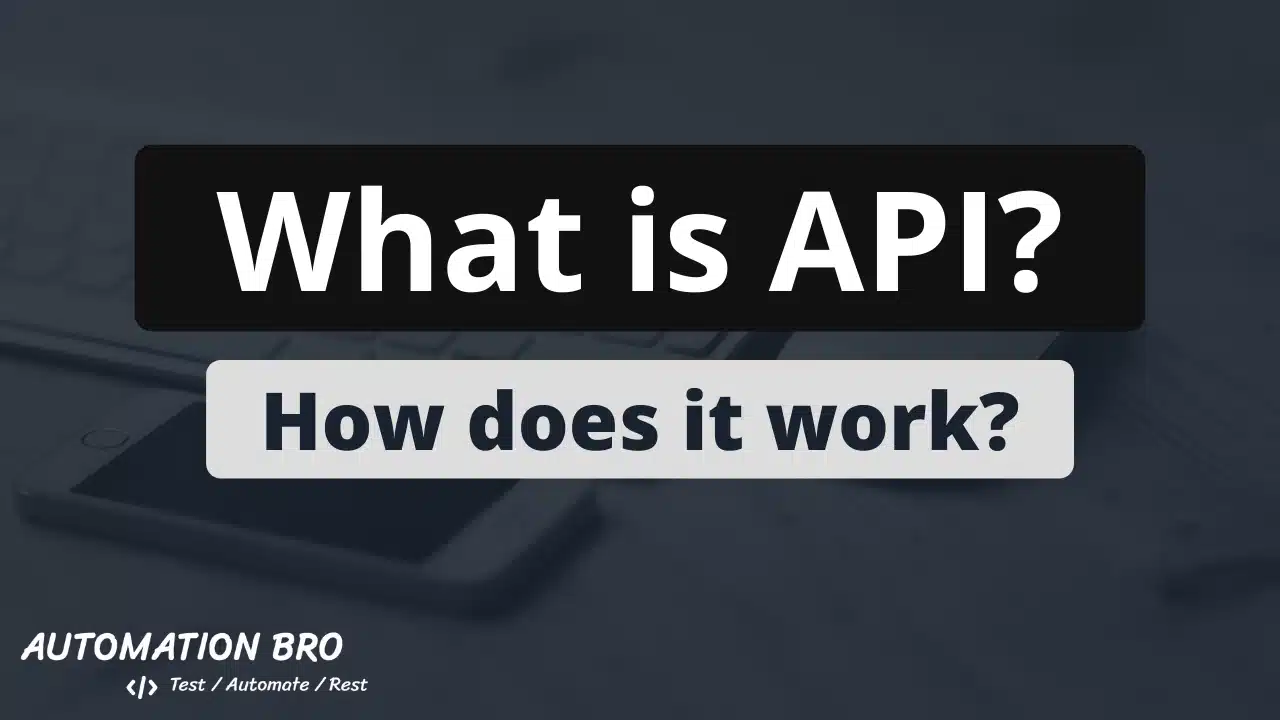API stands for Application Programming Interface. In this modern technology world, we interact with APIs every day!
For example, when you access a website like Expedia, Kayak, or any other travel booking sites to book your next vacation and you see all the packages with different hotels and flight information, all that information is provided to you using the help of an API.
In simple terms, API acts as a messenger that takes your request (in the above example, your vacation details) and tells the system (flight/hotel sites) to provide the requested data (response) back to you.







